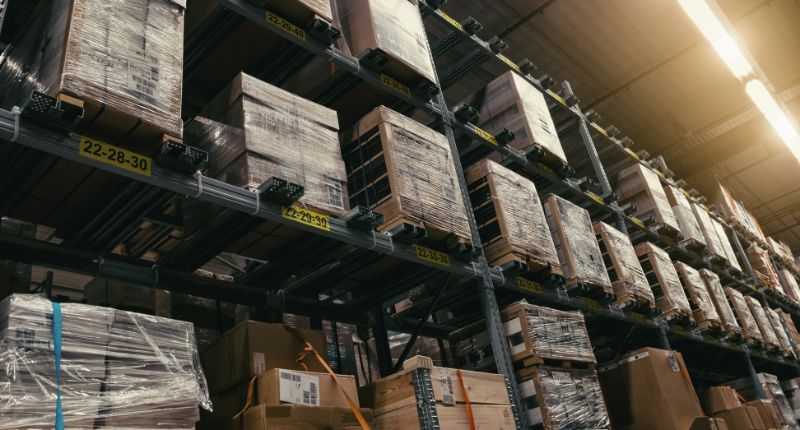
- Commercial assets face challenges with rising interest rates, impacting capital returns and market dynamics.
- Industrial and tourism sectors outperform, while retail and office markets struggle.
- Despite setbacks, office assets could see revival with renewed investor interest and offshore activity.
The last quarter was a slog for commercial assets, held back by poor market conditions, with the continued interest rate rises making any change for the better unlikely for the remainder of 2023, according to Ray White Commercial head of research, Vanessa Rader.
Income returns held steady, while capital returns flounder
Reassuringly, income returns have held steady, although a tad under the previous year’s results, accenting stable occupancy across the bulk of asset classes within the included portfolios. However, capital returns have witnessed an upheaval this year, causing significant repercussions for the year’s total return results.
Tough 12 months across commercial assets

Some assets fared better than others, with tourism and industrial sectors staying in positive territory. These results demonstrate continual growth despite the changing cost of finance.
Rising rents have strongly influenced commercial asset performance this year. Industrial rents increased by 1%, bringing total returns to 5% this year, slightly under tourism’s 5.3% total returns. Increased occupancy, room rates, and elevated domestic and international visitation have allowed tourism to outshine all other asset classes this year.
While medical has seen renewed attention this year, prices of medical assets fell, resulting in total returns of 2%. With the same total return as retail, both asset classes are tied for third place.
Coming in last place was the office asset class, which posted declines in capital value of 9% over the last 12 months. This asset class has yet to recover from its COVID-19 dip, affecting vacancies, effective rents, incentives, and yields.
Though these results reflect national averages, several office markets outperformed the average. Brisbane’s CBD witnessed total returns in the positive territory for this period, while Perth’s CBD had a 0.8% decline in total returns.
Commercial assets still a solid long-term investment
Commercial assets have traditionally been considered excellent long-term investment options, notwithstanding the weak results of the last 12 months. The heightened growth experienced over the last few years, driven by cheap, accessible financing and demand from large institutions, funds, and private buyers seeking to diversify their portfolios, have contributed to the asset classes’ recent volatility.
Commercial assets show quality long term results

Over the long term, industrial has reigned as pack leader, with its five- and 10-year average returns surpassing its peers at 15.3% and 13.9%, respectively. Traditionally seen as a lower-quality asset traded at a discount, industrial assets have become more sophisticated, and demand for these properties is overtaking supply.
Trailing industrial was the medical sector, which has experienced 13.6% annual growth over the last decade. This asset class will likely continue to flourish, considering Australia’s expanding requirements in this field, high population appreciation, and scarcity of quality offerings.
Despite having had a solid 12 months, tourism was set back by COVID-19, contributing to its middle-of-the-road 2.9% per annum five-year growth. Regardless, it fared better in the long term, with a 10-year average growth of 9.1%, on par with retail’s growth.
Retail and office woes
Retail suffered significant adversity during the pandemic, causing its five-year average growth to be a mere 1.2%
Rader explained that the longer-term decline in retail resulted from changes in how Australians interacted with these assets.
“Anything food or service-driven is still doing well, but clothing, soft goods, etc., is now only a small footprint and online trade does count for a lot,” she told The Property Tribune.
“Department stores’ declines in turnover also reduce their size in centres, making it difficult. This was happening before COVID-19, but it worsened during that time.
“Also, the fundamentals of interest rates, yields, and rental are the same as the office market. The pool of buyers has also been reduced, and those buying are being more selective, so that also plays a part.”
The worst-performing asset over the long term was the office market. Reduced demand and excessive supply in several markets have stalled returns for this previously desirable asset class. Five and 10-year returns stayed at 5.8% and 5.5%, respectively.
“We saw a number of businesses fold or decrease their accommodation requirements during COVID-19, seeking out cost savings during a tough time. Hybrid working is still a thing, and businesses have reduced the size of their footprint again to save money and accommodate the new way in which people work,” Rader commented.
“Adding to this, many office markets around the country have seen supply being added, further hampering the demand and supply fundamentals. Overarchingly, the low-interest rate environment saw buyers actively pursuing these assets despite vacancies already growing. This set a new benchmark for yield and, in turn, value.
“Now the cost of finance has increased, so the yield has to move upwards, which has a devastating effect on the value; couple this now with reduced income levels due to high incentives and high vacancies, particularly in secondary assets.”
Projections regarding occupancy and investor interest indicate that this sector will likely see more short-term falls in total returns, worsening the long-term prospects for the asset class.
On a positive note, a potential revival of offshore, institutional and private activity exploiting revalued assets, together with a renewed push in the private sector to return to the office, could improve the fundamentals of this asset in 2025 and beyond.
“Flight to quality is real, and while some tenancies may be reducing in size, they are moving into higher quality and prime office space, trying to encourage staff to come back in,” Rader added.







